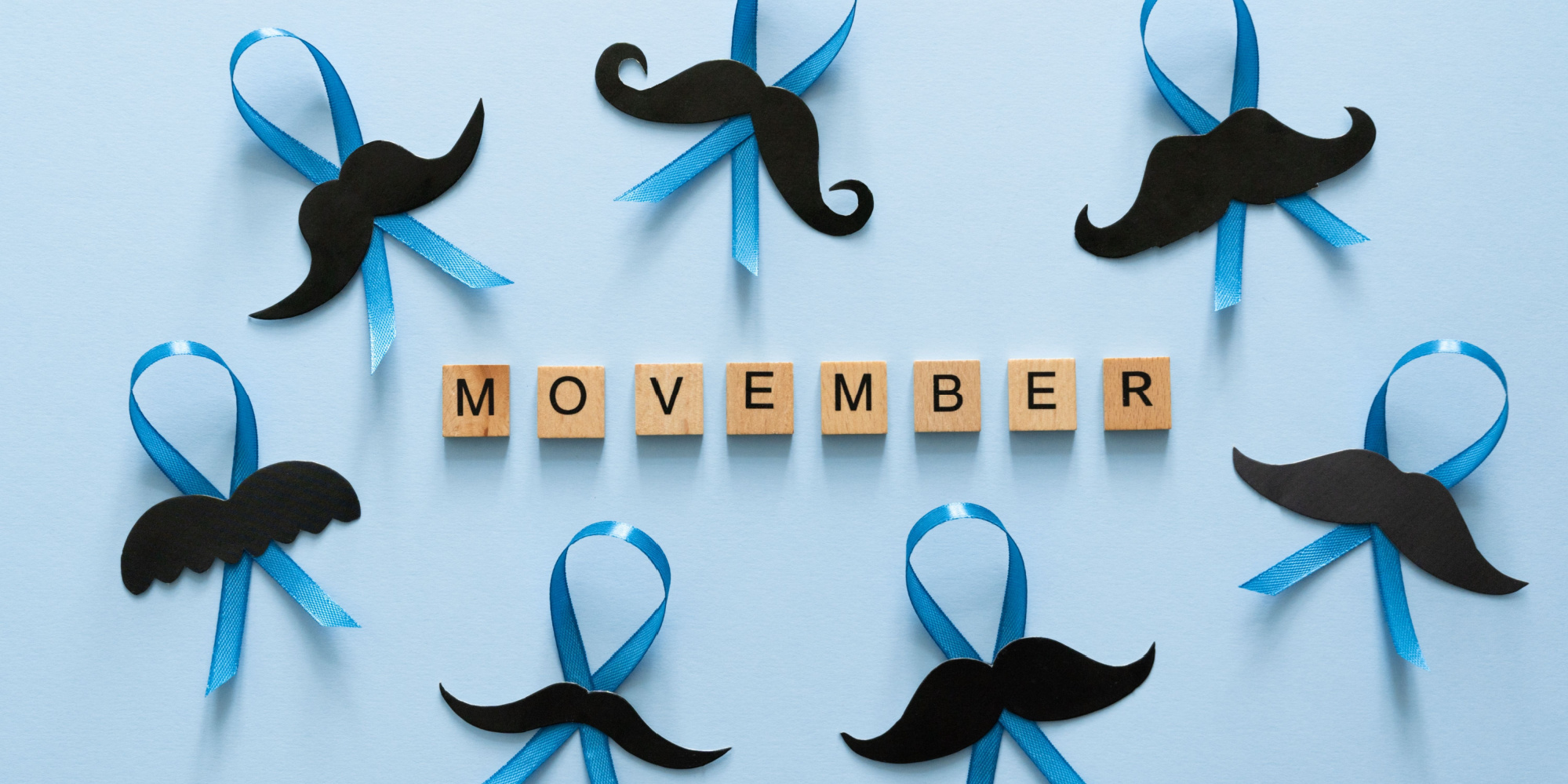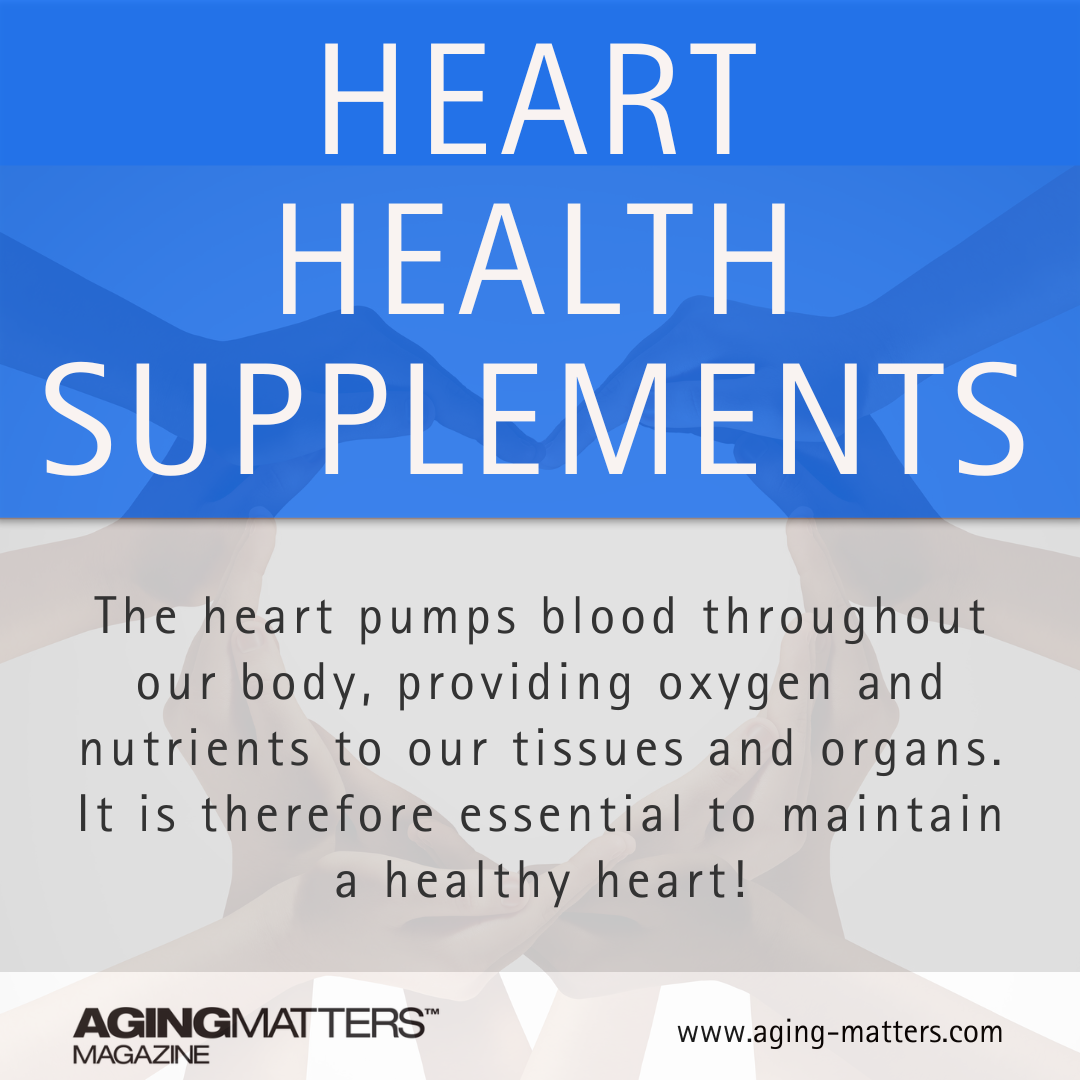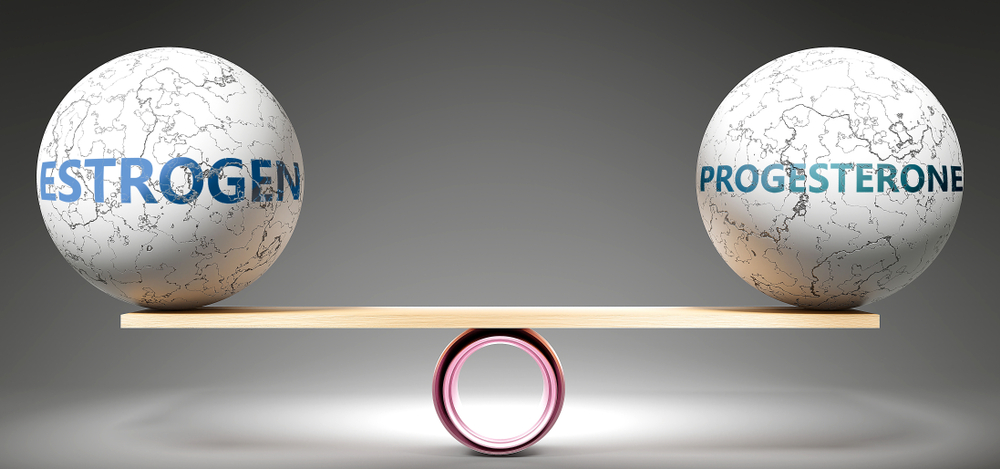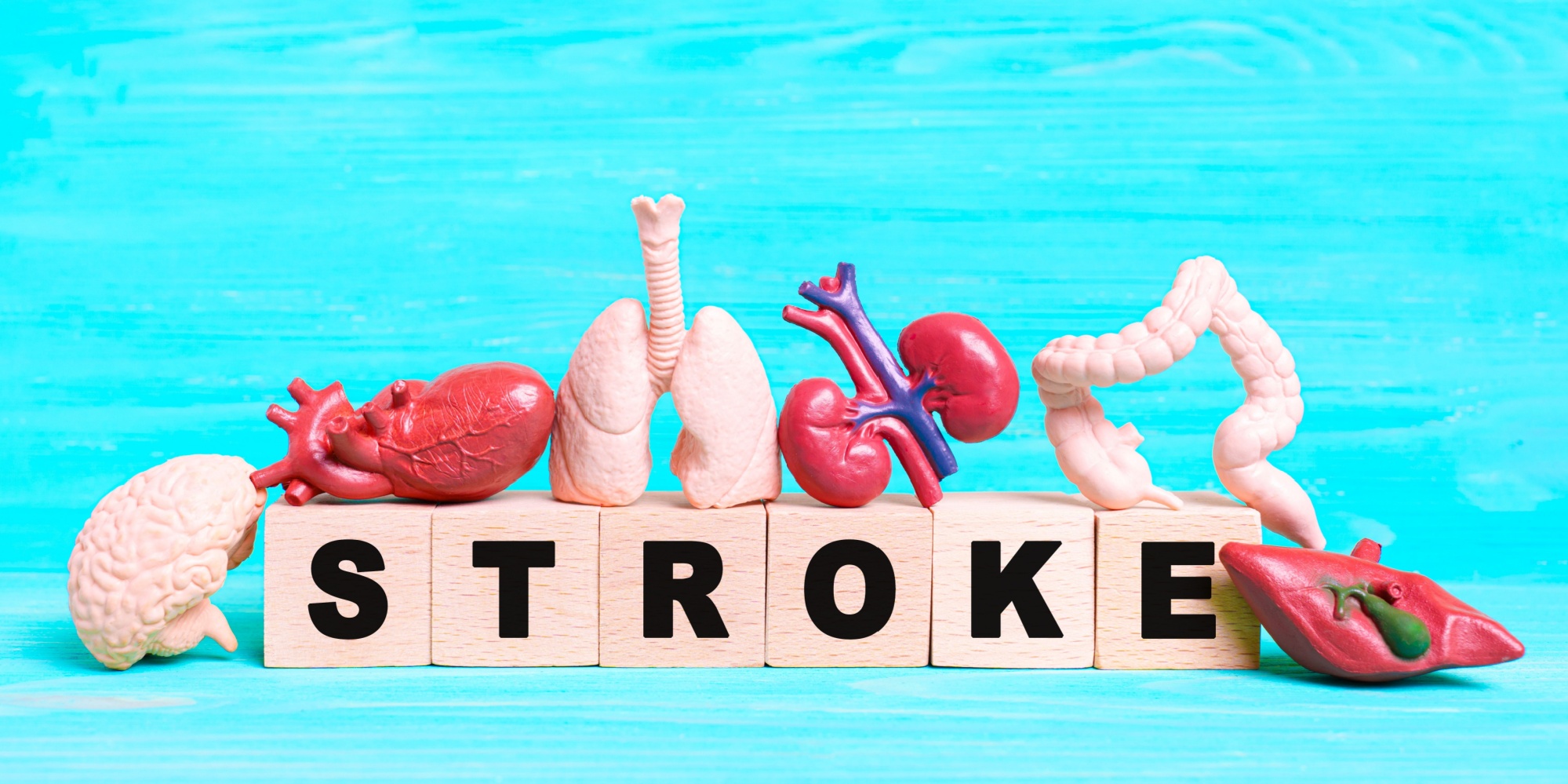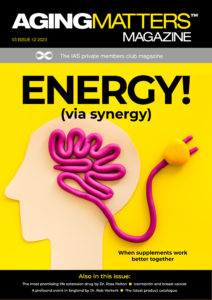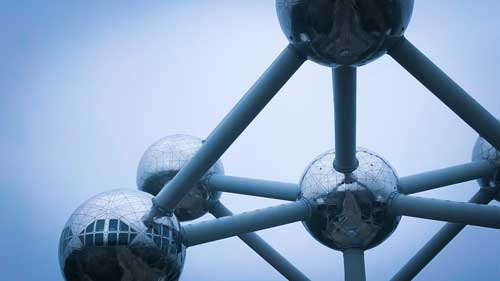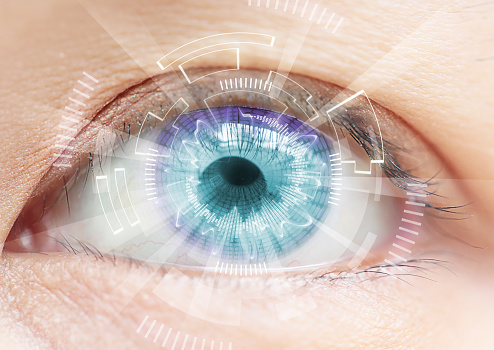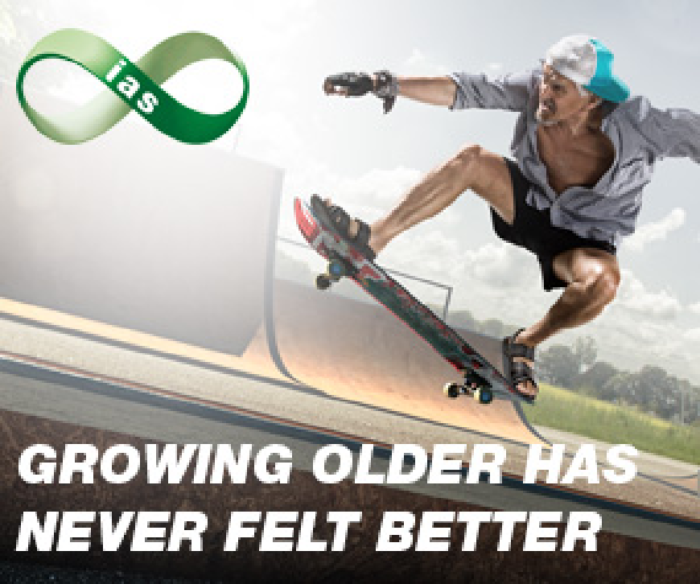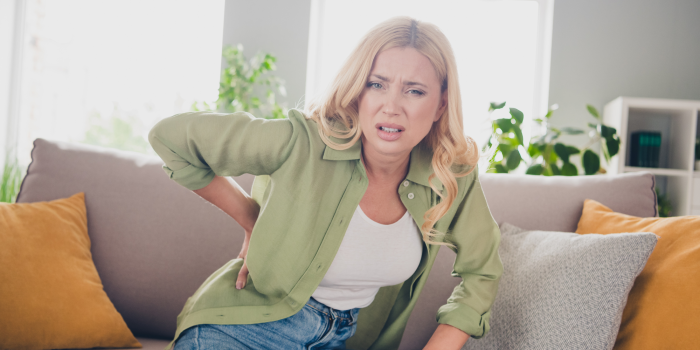
Lower back pain and implantable pulse generators
June 12th, 2025Ageing brings all sorts of aches and pains, people who suffer from chronic lower back pain will be interested to hear about a new device that can be implanted into the lower back to stimulate muscles and prevent debilitating pain. It’s a life-changing device that stimulates neuromuscular control between the brain and muscles.
ReActiv8 – the implantable pulse generator
A specialist pain management team at the Royal Victoria Infirmary in Newcastle, UK, has developed a new technology to help deal with chronic back pain.
In January 2025, the first patient received an implantable pulse generator device called ReActiv8. Under local anaesthetic, electrodes were implanted into the lower back. The device was able to relieve or delete pain in hard-to-reach areas around the spine.
Dr Sachin Rastogi, a consultant anaesthetist who specialises in chronic pain, said, “This technology can be life-transforming. It’s potentially a cure for this particular type of low back pain where there is muscle weakness. It will really benefit a significant number of people who are suitable.”
He explained, “We put two electrodes into each side of the muscles deep in the lower back, just off the spine, and we connect those to an implanted battery, like a pacemaker.”
A patient switches the device on twice a day, 30 minutes each time and it reactivates and stimulates the muscles to contract, building up strength again and leading to improvements in function and pain.
The device is most appropriate for people who are fit and healthy and when conventional treatments such as physiotherapy, medicines and injections have not worked.
Dr Rastogi wants to raise awareness about the implantable pulse generator and doesn’t want people suffering in silence.
Little or no pain after three months.
The patient who received the implant was Ashley Hughes, a 38-year-old nurse. In March 2020 she woke up with back pain and pain down one leg, the cause was unknown. She had numerous tests and procedures to help alleviate the pain, such as scans, x-rays, injections and physiotherapy. None of the treatments she received worked.
The chronic pain affected her work as a nurse. She couldn’t walk very far, and after physical activities such as gardening, she was in even more pain. After 4 years of unsuccessful treatments and taking painkillers, Dr Rastogi suggested that she try the implant.
Three months after the implant, Ashley could feel the benefits with little or no pain. Now, she has a more positive outlook, is more active and can exercise.
Back pain
By middle age, most of us will have experienced the lower back twinge, followed by a spasm and a day of walking around hunched over and scared to move too quickly. The pain and discomfort can last for days, even weeks and you can’t wait until the morning you can get out of bed without the fear of your back going into spasm again.
The reason for back pain can be one of many, it can be acute or chronic pain. Acute pain can be the result of a broken bone or torn muscle, for example. Chronic pain, in contrast, means long-lasting pain. Back pain can be due to mechanical/structural problems, inflammatory conditions, medical conditions or lifestyle.
In the UK, approximately 12-15 million workdays are lost every year due to back pain. Whether at work or home, there are risk factors for back injury or irritation.
- Lifting heavy or bulky items
- Carrying awkward objects
- Pulling or pushing heavy loads
- Handling loads in awkward places
- Repetitive physical tasks
- Bending, crouching or stooping
- Being in one position for too long
- Physically overworking
- Poor posture
- Driving long distances
- Being overweight
All of which can result in muscle and ligament strains, pulls or slip discs.
Other causes of back pain can be:
- Herniated discs – also known as bulging or slipped discs. Occurs when the soft gel in the intervertebral discs pushes through a tear in the tough outer layer
- Spinal stenosis – when the space inside the backbone is too small, it puts pressure on the spinal cord and nerves
- Spondylolisthesis – occurs when one of the vertebrae slips out of alignment and presses on the vertebrae below
- Osteoarthritis – a degenerative disease, a breakdown in cartilage that protects the tissue that cushions the ends of the bones in the joint
- A spinal fracture – also referred to as a vertebral fracture is a break in one or more bones of the spine
- Ankylosing spondylitis – the spine and other areas of the body become inflamed, causing swelling and stiffness in the back
- Sacroiliitis – when the sacroiliac joints located in the lower spine connected to the pelvis become inflamed
- Infections in the back, such as vertebral osteomyelitis, spinal epidural abscess, disc space infection or spinal cord abscess
- Spinal tumours – abnormal growths that can develop in or around the spinal cord or spinal column
- Osteoporosis – a condition that weakens the bones, making them fragile and prone to fractures
- Sciatica – an irritation or compression of the sciatic nerve which runs from the lower back down through the legs
- Cauda equina syndrome – happens when the nerves at the tail end of the spinal cord are compressed or damaged
- Pregnancy – due to hormone changes, weight gain and postural changes, there is more strain on the back and nerves
- Kidney issues – the kidneys are located near the spine and can become infected, blocked or develop kidney stones
- Endometriosis – due to the location of endometriosis tissue, it can have an impact on the nerves in the back
- Menstrual cycle – because of uterine contractions during the uterine lining shedding process, radiating pain can be experienced in the lower back
- Lack of exercise can cause muscle weakness, stiffness and a decrease in flexibility, resulting in poor posture causing lower back pain
- Stress – can trigger physiological responses which can lead to muscle tension and potential inflammation in the back
The best ways to look after your back, to protect and prevent:
- Muscle strengthening and stretching
- Stand and sit up straight
- Avoid heavy lifting or twisting
- Use lifting or moving equipment
- Massage
- Supportive equipment
- Self-care
As an alternative to over-the-counter pain relief, we recommend our product Discomfort ReliefPro, a natural pain relief.
For joint pain, arthritis and tendon injuries, we recommend Joint Pro, a natural peptide cream.
References
https://odphp.health.gov/myhealthfinder/healthy-living/safety/prevent-back-pain
